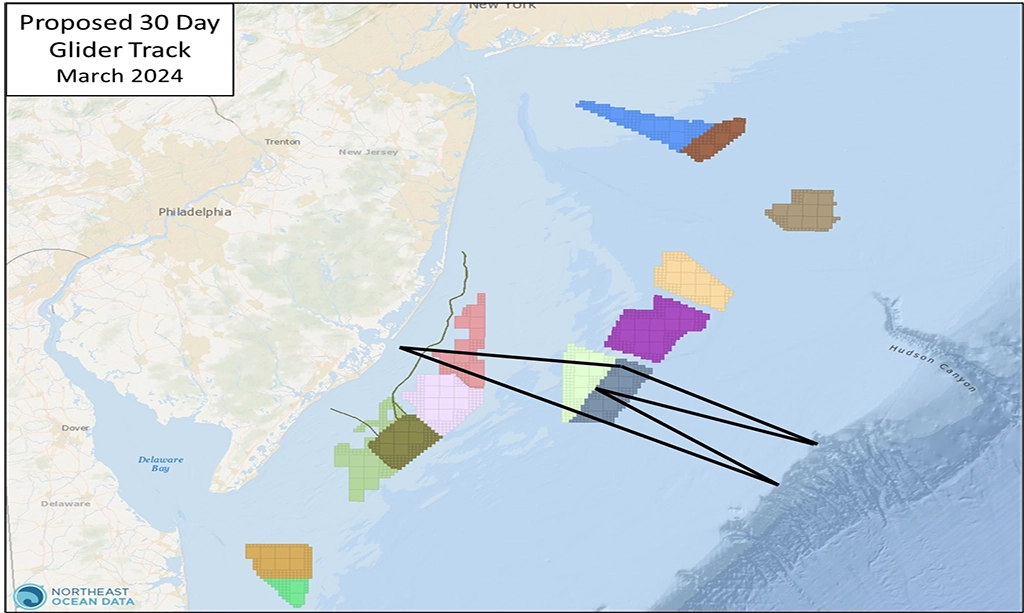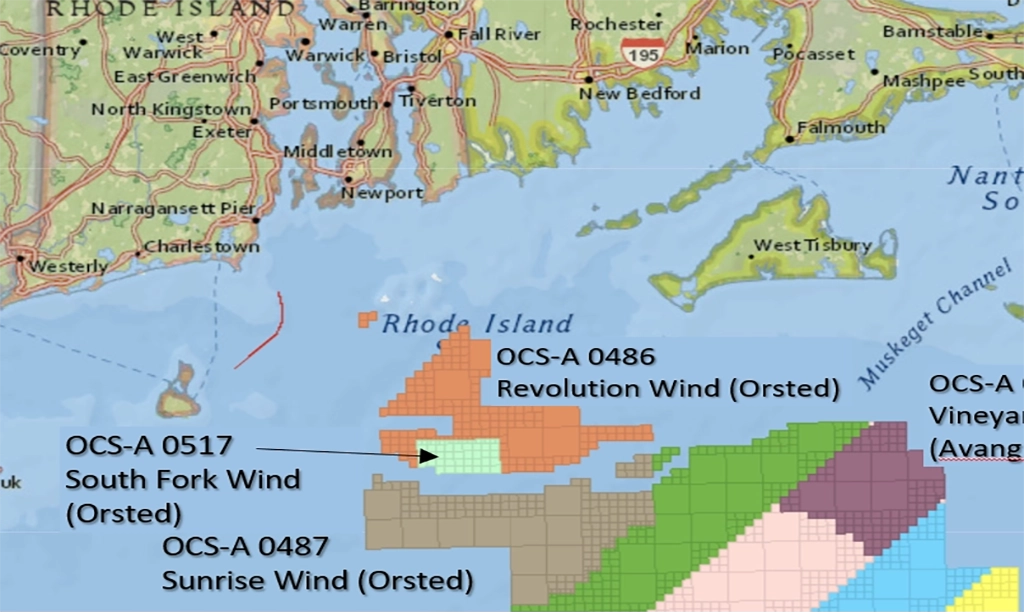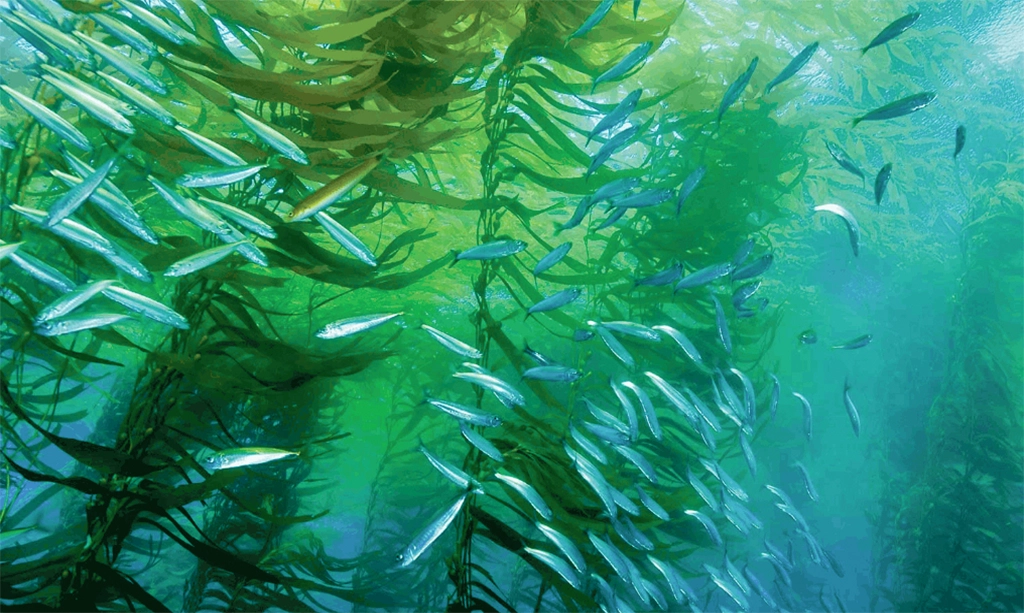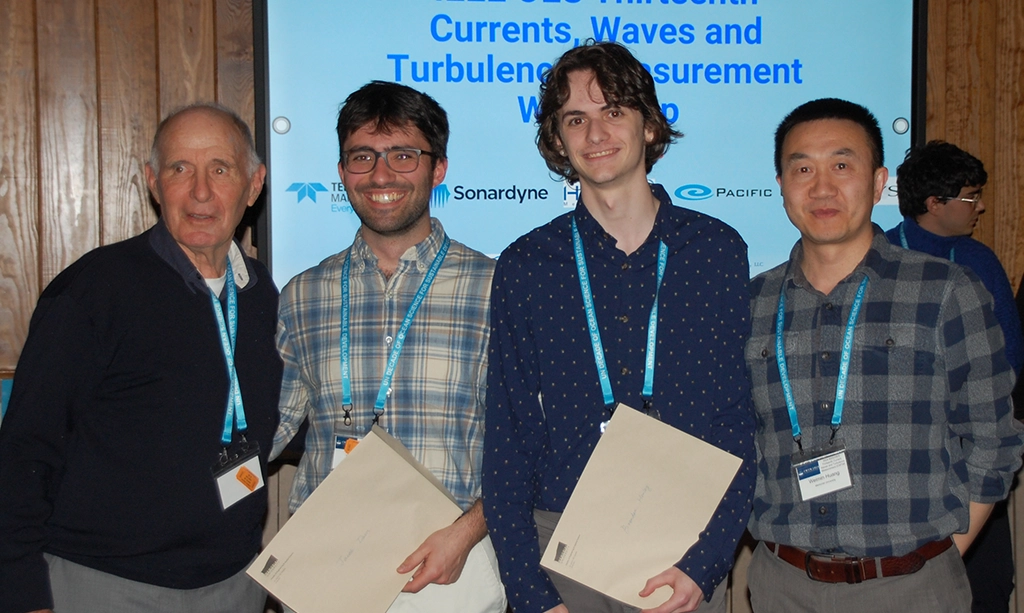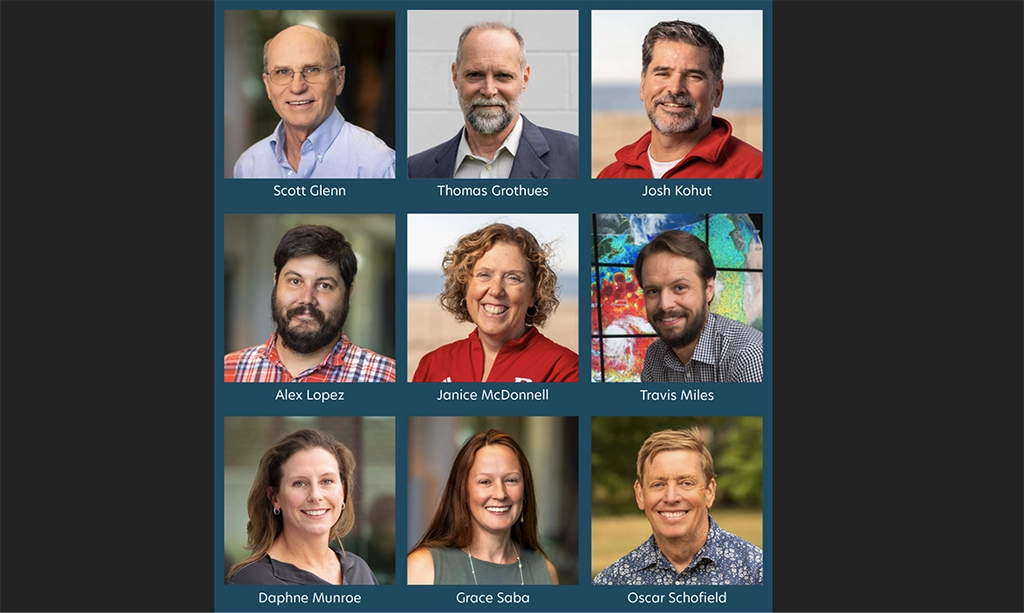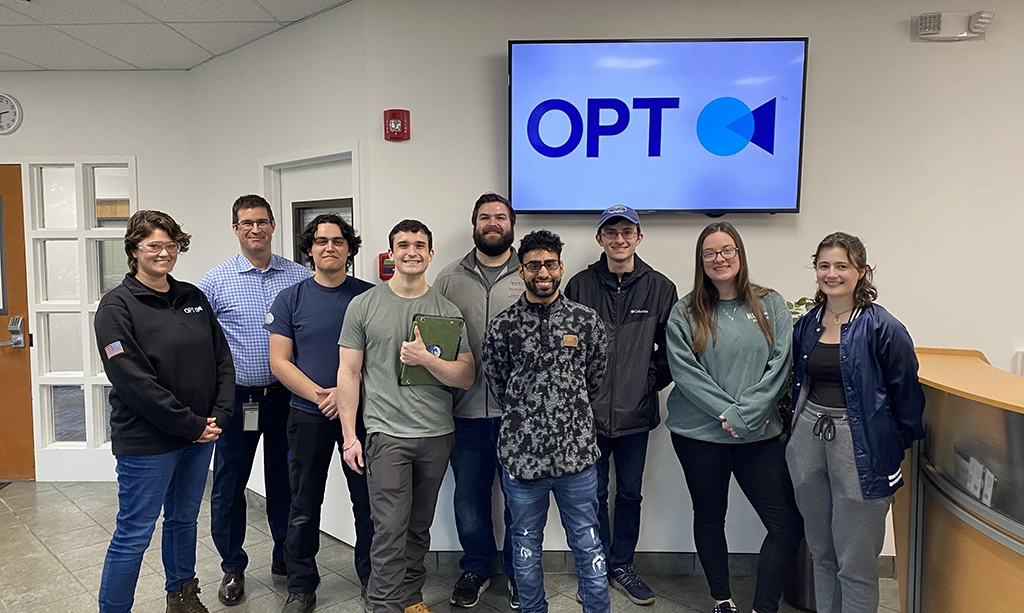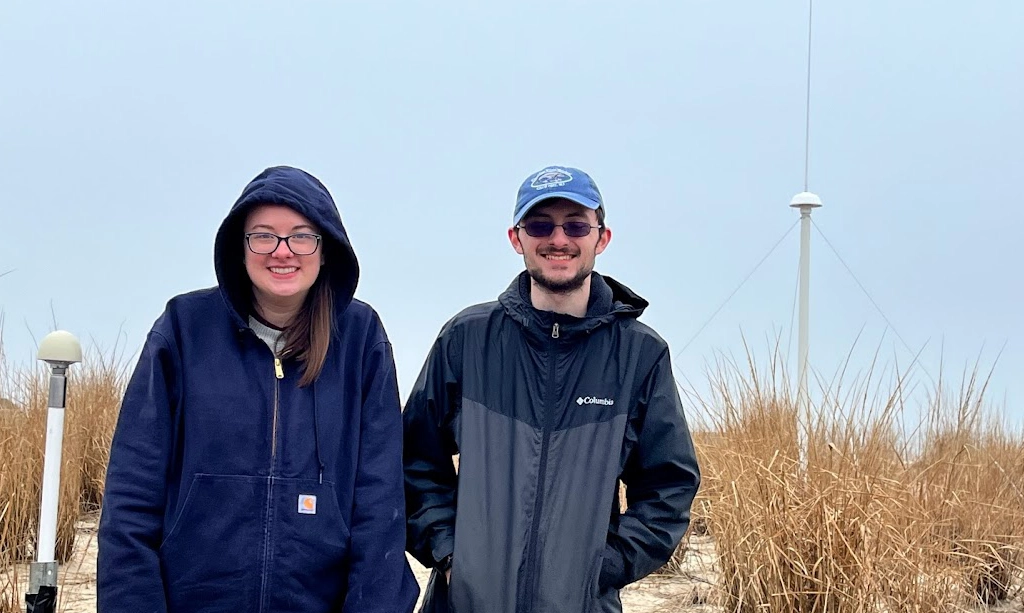Ecological & Oceanographic Survey of the Outer Shelf of the Mid Atlantic Bight
Ecological & Oceanographic Survey of the Outer Shelf of the Mid Atlantic Bight: A Rutgers underwater Slocum glider will be deployed in and around the Leading Light Wind lease area…

